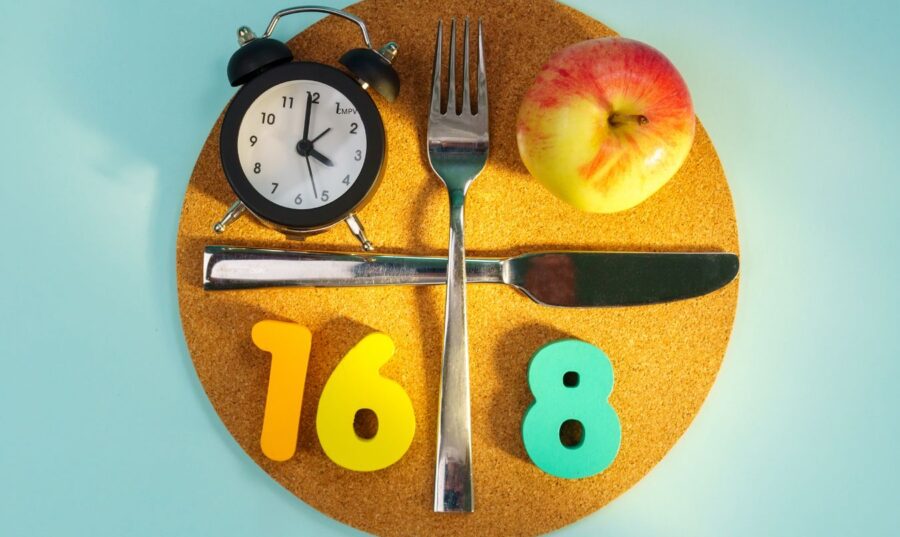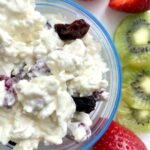|
Getting your Trinity Audio player ready...
|
The acid and base balance (pH) in our body is critical for health and is affected by the composition of the diet. This balance in the human body refers to the balance between acids and bases (alkaline substances) within the body fluids, particularly blood. Maintaining a stable pH level is crucial for the proper functioning of various physiological processes. The pH scale goes from 0 to 14, with 7 being neutral. A pH below 7 is considered acidic, while a pH above 7 is alkaline.
In the human body, the main regulators of acid-base balance are the respiratory and renal systems. These systems work together to maintain a slightly alkaline pH in the blood, typically between 7.35 and 7.45. The respiratory system regulates pH by controlling carbon dioxide levels in the blood through the process of breathing. The renal system regulates it by excreting hydrogen ions and reabsorbing bicarbonate ions in the urine.
Relationship with food
A diet with a high acid load is associated with an increased risk of hypertension, kidney disease, low bone mineral density, low muscle mass, type 2 diabetes, increased cortisol levels, insulin resistance, cardiovascular disease, fatty liver and even certain types of cancer, such as esophageal cancer. Also, it has been found that the greater the acid load, the greater the intensity of musculoskeletal pain in people who suffer from it. In people with chronic kidney disease, diet has a greater negative effect on kidney function in maintaining acid-base balance, since this organ is directly involved with pH regulation. Additionally, the acidity and alkalinity of urine (pH) are altered by diet.
Foods that increase acid load
The foods of animal origin, Rich in protein often increase the acid load. Meat, eggs and many types of cheese are sources of sulfur-containing amino acids, with an amount 2 to 5 times greater than in cereals and legumes. These amino acids (cysteine, homocysteine and methionine) are converted into sulfate. The elimination of sulfate in the urine is related to a more acidic urine pH. In this way, kidney function can be affected by the acid load, producing metabolic acidosis or accumulation of acid in the body.
The phosphate-rich foods They also provide acid equivalents to the diet. For example, the phosphoric acid in dairy products and certain soft drinks tend to acidify urine. Also, the western diet It contains more acidic precursor foods than alkaline precursors that could lead to chronic kidney disease. The acid load in this type of diet reaches 50 to 100 mEq/day. Studies have indicated that, in people with a diet based on animal proteins (Western diet), the urinary excretion of sulfate, phosphate and uric acid is greater than in people with a vegetarian diet.
Foods that reduce acid load
The people who follow plant-based diets They have a lower protein intake. Plant-based proteins have a naturally lower content of sulfur-containing amino acids, so they produce a lower acid load. In addition, they usually contain high amounts of the amino acid glutamate, which has a neutralizing or alkaline effect, compared to animal proteins.
The fruits and vegetables They produce acid-neutralizing alkali when we metabolize them. The high citrate and malate content in these foods, when processed in our body, turns into bicarbonate, creating an alkaline environment. These foods are also high in potassium, magnesium and calcium; alkali precursors and involved in acid-base balance. The vegan diet It has been associated with significant reductions in acid load and is more effective than general vegetarian diets in reducing acid load levels. Furthermore, the herbs and spices They are potentially alkaline.
In summary, the type of diet affects our body by producing acidic and alkaline compounds. The types and quantities of nutrients in the diet determine the production of acids and alkali in the body, impacting the pH balance. Foods of animal origin provide more acidic compounds, while fruits and vegetables provide more alkaline compounds.
Main references:
1) Bahrampour, N. & Clark, C. (2022). The Relationship Between Dietary Acid Load and Intensity of Musculoskeletal Pain Condition: A Population-Based Study. Food Science and Nutrition, 10(8): 2542-2549. DOI:10.1002/fsn3.2859
2) Hamidianshirazi, M. & Ekramzadeh, M. (2021). Dietary Acid Load and Chronic Kidney Disease. Saudi Journal of Kidney Diseases and Transplantation, 32(6): 1511-1522.
3) Osuna-Padilla, IA, Leal-Escobar, G., Garza-García, CA & Rodríguez-Castellanos, FE (2019). Dietary Acid Load: Mechanisms and Evidence of its Impact on Health. Nephrology, 39(4): 339-454. DOI: 10.1016/j.nefro.2018.10.005
4) Storz, AA & Ronco, AL (2022). Reduced Dietary Acid Load in US Vegetarian Adults: Results from the National Health and Nutrition Examination Survey. Food Science and Nutrition, 10(6): 2091-2100. DOI: 10.1002/fsn3.2825










